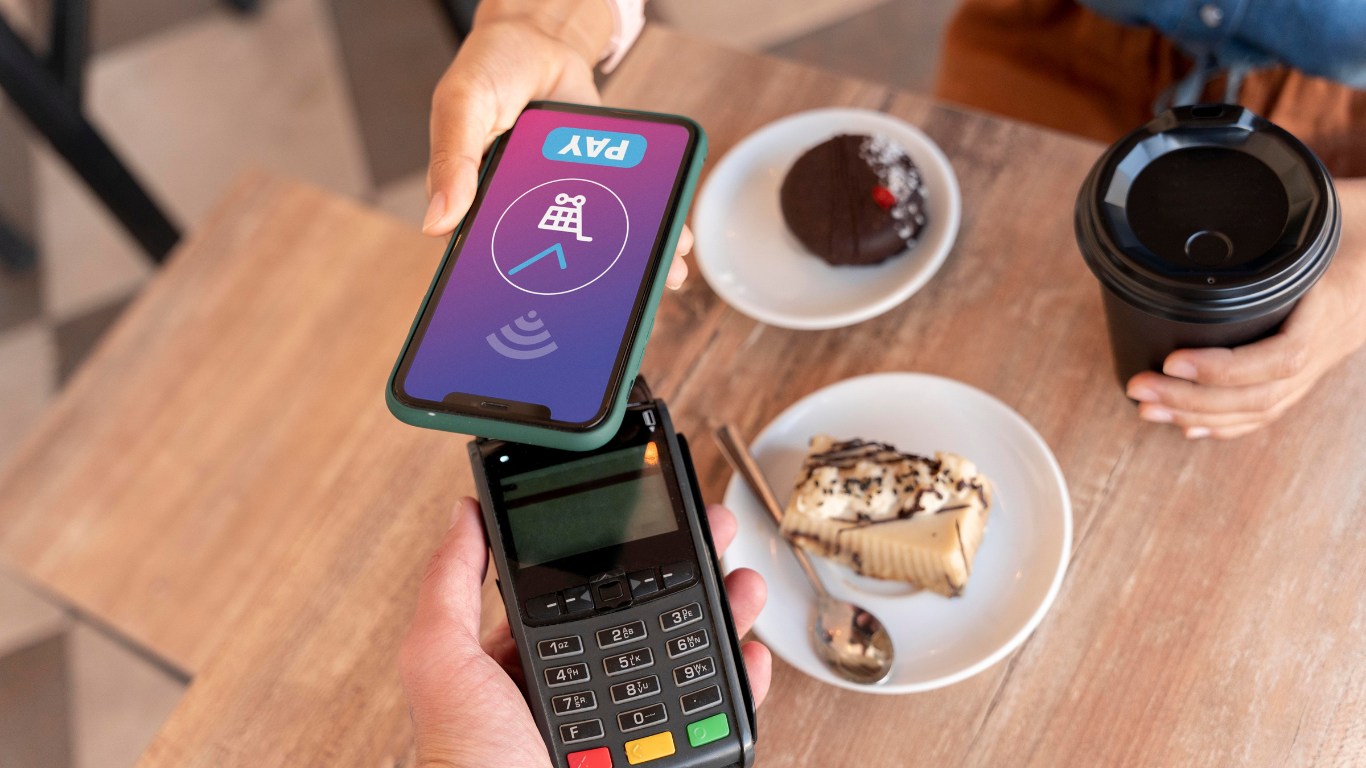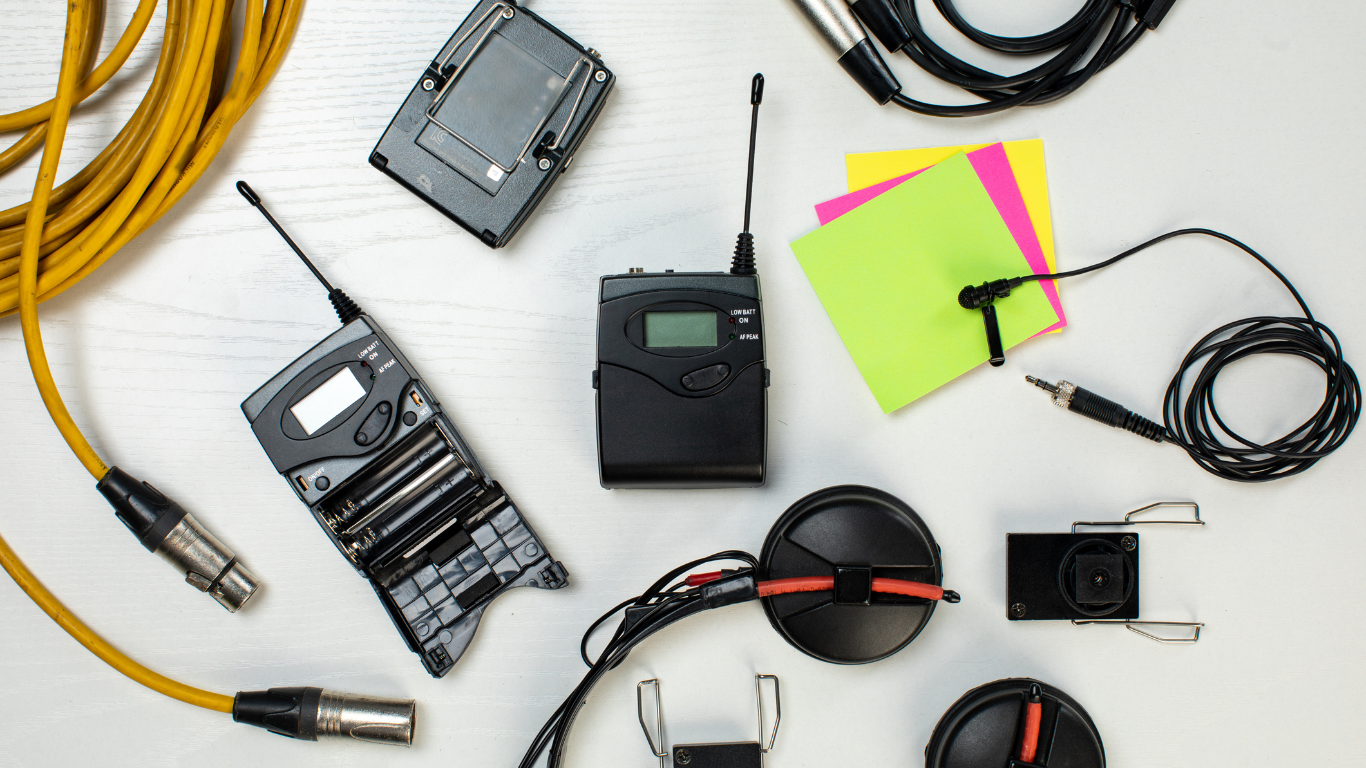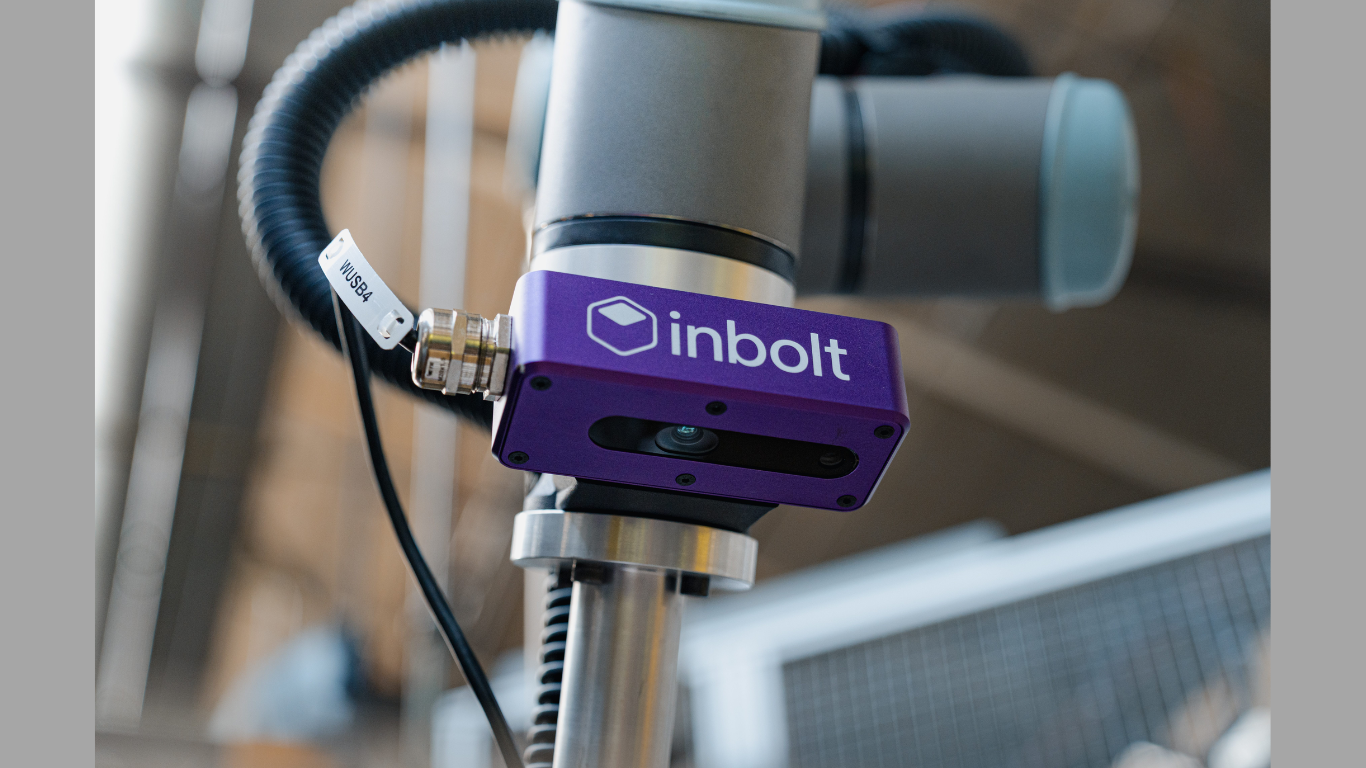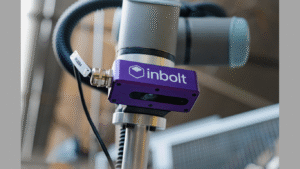Digital wallets allow your smartphone to store all of your cards and payment information for use in tap-to-pay applications sans cash or plastic. These convenient applications-Apple Pay or Google Pay, for example-are considered very secure and apt for times when one can leave the house sans wallet. Many wallets also work with smartwatches or fitness trackers. You can tap and pay right from your wrist.
What is a Digital Wallet?
You might be wondering what is a digital wallet? Essentially, it is a smartphone app that gathers all of your payment cards—credit, debit, gift cards, etc.—into one location. You select the wallet app rather than looking for a actual card whenever you wish to buy something. No heavy money or cards are required; it operates like a virtual wallet. Among others like PayPal, common examples include Apple Wallet (Apple Pay) and Google Wallet (Google Pay).
Benefits of Using a Digital Wallet
- Fast checkout: Pay by merely tapping your phone or scanning a QR code rather than fumbling with cards. This speeds online checkout and real-world shopping.
- Digital wallets employ encryption and tokenization to safeguard your information. Merchants view a single code or token instead of your actual credit card number, hence your information is kept secure.
- Fewer things to carry: You can store more than just cards – add tickets, loyalty cards, and coupons to your wallet. That means one app instead of a stack of paper and plastic.
- Travel-friendly: You can tap your phone and pay abroad just like at home. Best of all, you still earn the usual rewards on your cards.
How Do Digital Wallets Work?
First, download and install any wallet app you trust-many phones already have one on them by default. Next, add your cards: you may either scan their details with your camera or enter them yourself. This information will be then safely stored by the app. Pay in-store either by presenting a QR code at the register or by holding your phone near to a contactless reader (NFC). Fingerprint authentication or PIN entry help you to confirm your order. For online shopping, select your wallet at checkout instead of typing card numbers. It’s as easy as a few taps.
Are Digital Wallets Secure?
Yes; legitimate digital wallets give security the utmost importance. Opening usually calls for a fingerprint, facial scan, or passcode. They provide encrypted tokens to the vendor during a payment; not your genuine card details. This means even if someone intercepted the token, they couldn’t use your real card. Banks and wallet providers also monitor for fraud. You should still lock your phone and have updated apps, though. Paying electronically can be as secure—or even more so than using a physical card.
Popular Digital Wallet Apps
- Built on iPhones and Apple Watch, Apple Pay (Apple Wallet). Supports credit and debit cards as well as keys and tickets.
- Google Pay (Google Wallet): For Android and Wear OS devices. Let’s you tap to pay anywhere contactless is accepted.
- Samsung Wallet: Comes on Samsung phones. Works similarly to Apple Pay and even uses a special tech (MST) to pay at older card readers.
- PayPal/Venmo: Apps that store your payment methods and let you pay online or in stores (often via QR code). Many merchants accept them.
Each of these is encrypted and quick to set up. Even big banks let you pay through these wallets at checkout.
In short, a digital wallet puts your payment world inside your phone, ready to use at a tap. As more people embrace cashless living, using one is a simple, future-friendly way to pay. You might even find yourself forgetting your physical wallet at home — no more digging for cash or cards.
Article received via email






























